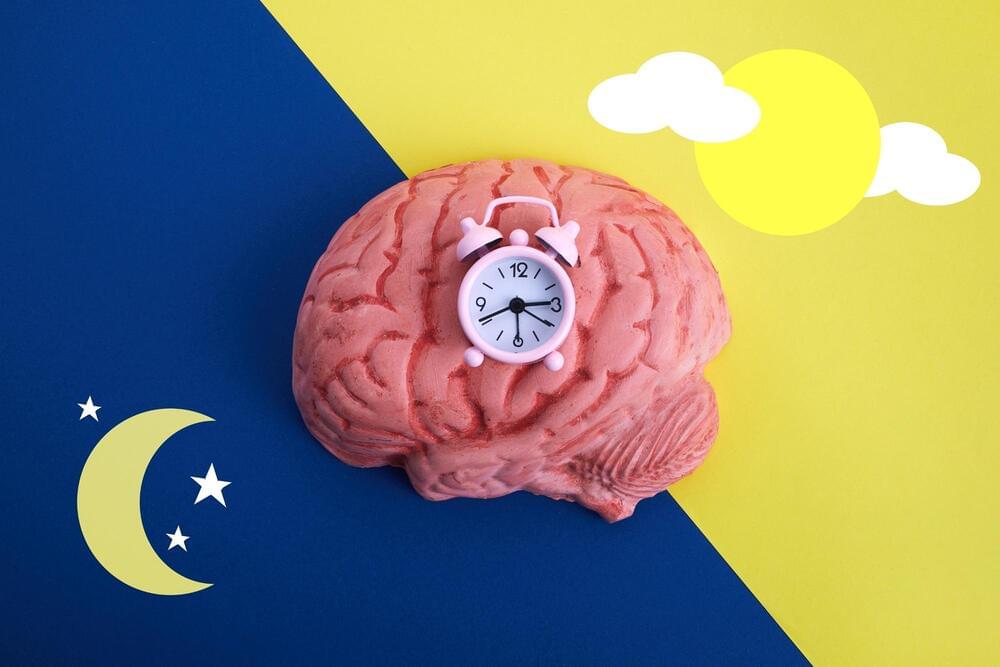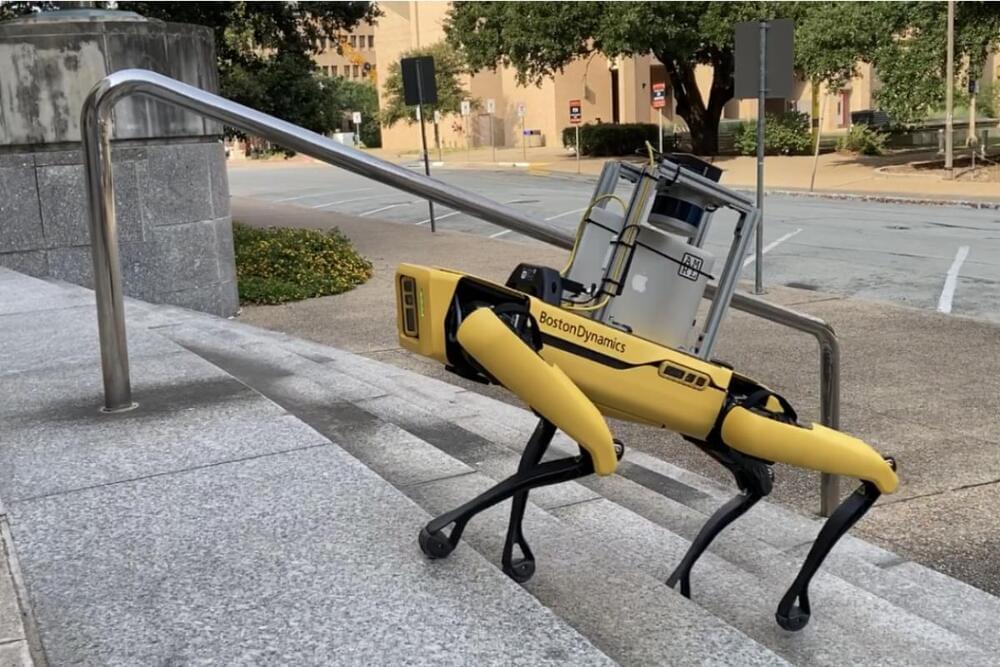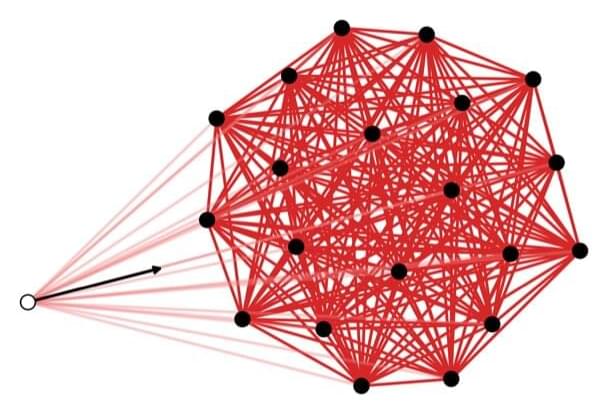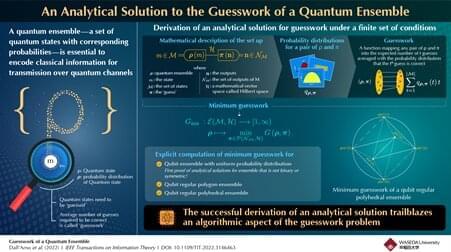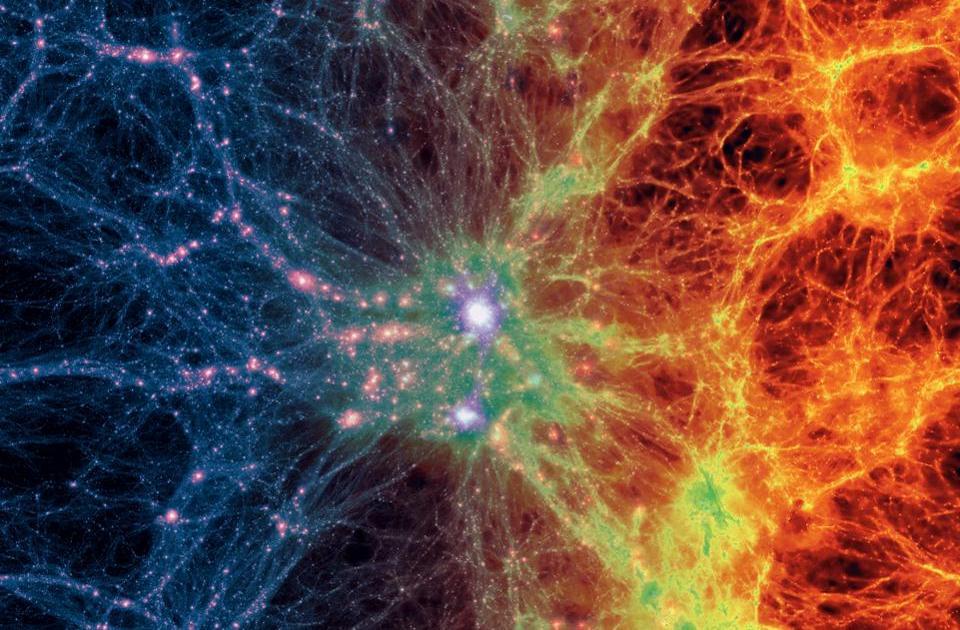Oct 19, 2022
Your Body Has an Internal Clock That Dictates When You Eat, Sleep and Might Have a Heart Attack
Posted by Genevieve Klien in categories: biotech/medical, neuroscience
Have you ever suffered from jet lag or struggled after turning the clock forward or back an hour for daylight saving time? These are examples of you feeling the effects of what researchers call your biological clock, or circadian rhythm – the “master pacemaker” that synchronizes how your body responds to the passing of one day to the next.
This “clock” is made up of about 20,000 neurons in the hypothalamus. This area near the center of the brain coordinates your body’s unconscious functions, such as breathing and blood pressure. Humans aren’t the only lifeforms that have an internal clock system: All vertebrates – or mammals, birds, reptiles, amphibians, and fish – have biological clocks, as do plants, fungi, and bacteria. Biological clocks are why cats are most active at dawn and dusk, and why flowers bloom at certain times of the day.
